Nicaragua is a stunning country in Central America which is known by the nickname “The Land of Lakes and Volcanoes.” It’s easy to see why it’s named that, as it features an impressive chain of volcanoes which are some of the most beautiful and popular places to visit. So, let’s explore some of the volcanoes in Nicaragua, and discover which are still active!
1. Cerro Negro

Cerro Negro only formed in 1850 but has erupted numerous times.
©Adam Jones from Kelowna, BC, Canada, CC BY-SA 2.0, via Wikimedia Commons – Original / License
The first volcano on the list is Cerro Negro, which is an active volcano in the Cordillera de los Maribios mountain range. Cerro Negro is a basaltic cinder cone with an elevation of 2,388 feet. It is considered to be one of the youngest volcanoes in Central America, forming in 1850. However, despite its young age, Cerro Negro is one of the most active in Nicaragua, with the latest eruption occurring in 1999.
2. Concepción
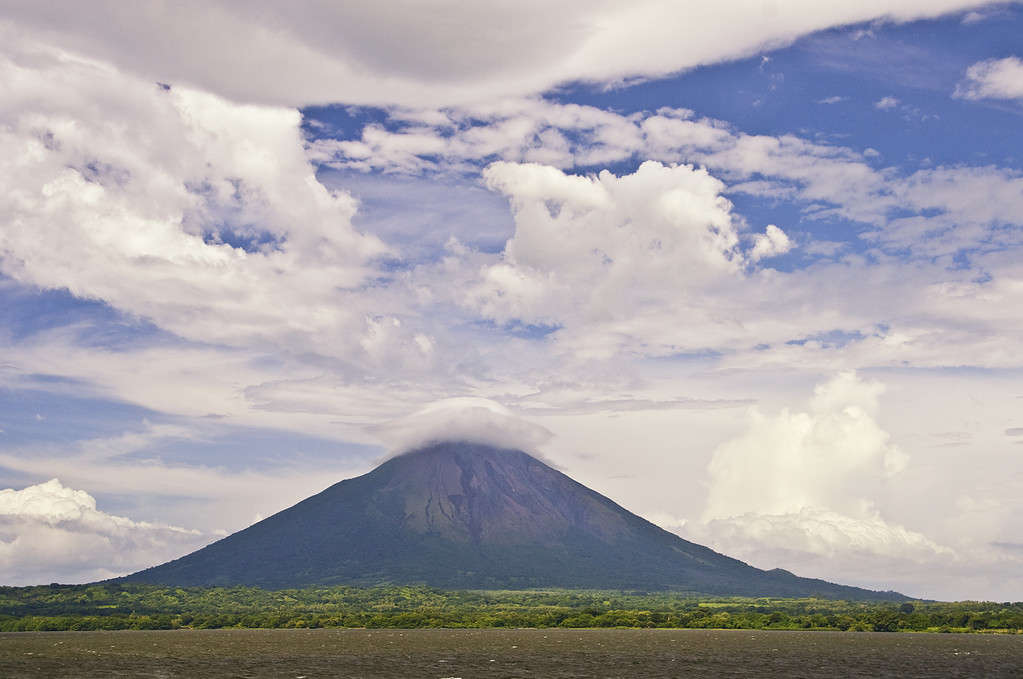
Concepción volcano released smoke and ash in 2011.
©Hulivili, CC BY 2.0, via Wikimedia Commons – Original / License
Another active volcano is Concepción, which is a stratovolcano and is located on the island of Ometepe. Concepción’s last period of volcanic activity came in 2011 when it released smoke and ash, although it has not emitted lava since the 1950s. Concepción is covered by a thick forest that is home to a variety of animals, including monkeys. The volcano is a popular tourist spot, with several hiking trails crossing its slopes.
3. Las Pilas
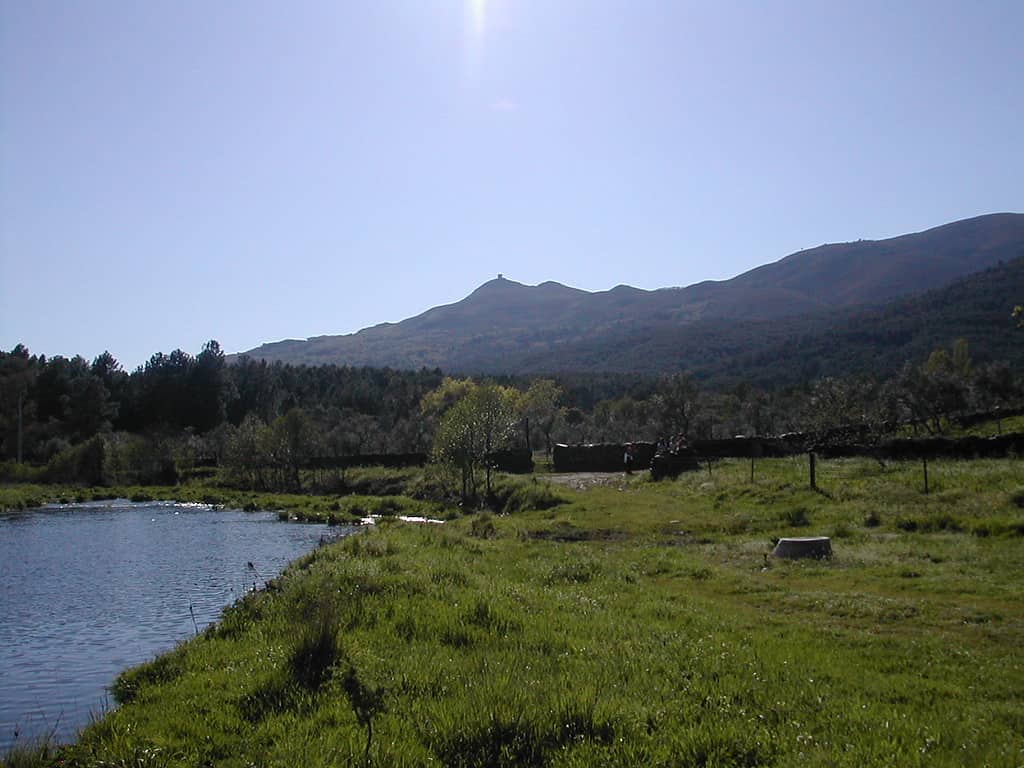
Las Pilas is still potentially active, despite last erupting in 1954.
©Txisky, CC BY-SA 4.0, via Wikimedia Commons – Original / License
Located in the western region of Nicaragua, Las Pilas is a complex volcano that last erupted in 1954 and is still considered to be potentially active. It features numerous vents as well as a central cone that has a large crater that is almost 400 feet deep. Las Pilas is situated within the Pilas – El Hoyo Volcanic Complex Natural Reserve and has a stunning landscape. There are several trails to the summit and it is possible to explore its various craters.
4. Mombacho

Mombacho Volcano is part of the Mombacho Volcano Nature Reserve.
©Silenzio76, CC BY-SA 3.0, via Wikimedia Commons – Original / License
Another stratovolcano is Mombacho, which is located close to Granada. The volcano has not erupted since 1570, and now its upper slopes are covered with both cloud and dwarf forests. The area forms the Mombacho Volcano Nature Reserve and features a huge range of plants and animals, many of which are endemic to the region. Mombacho is popular with tourists, and there are three hiking trails with varying degrees of difficulty, the most difficult of which must be taken with a tour guide.
5. Cosiguina
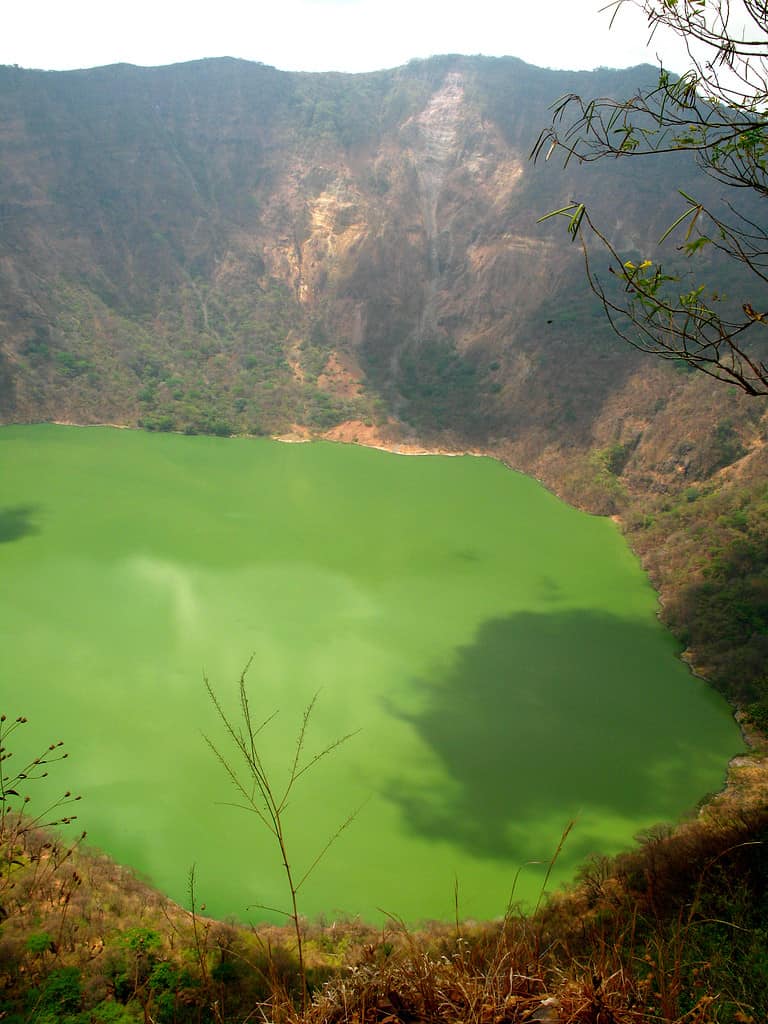
Cosigüina features a massive crater lake in its center.
©Claude Humbert, CC BY 3.0, via Wikimedia Commons – Original / License
The next volcano in Nicaragua is Cosiguina, which is located in the western region of the country. It is another stratovolcano and last erupted in 1859, although it does still sometimes emit gas. Cosiguina features a large and stunning crater lake which is one of Nicaragua’s hidden gems. The lake can be viewed from the top of the crater but is inaccessible as it is located below the steep crater walls. The top of the crater can be accessed by a hiking trail through a dense forest.
6. Momotombo

Momotombo volcano is located on the shores of Lake Managua.
©Elena Simona Craciun/Shutterstock.com
Located close to Lake Managua is the Momotombo volcano, which is an active stratovolcano with an elevation of 4,255 feet. Momotombo’s latest significant eruption was between December 2015 and late February 2016, although it has continued to emit steam and ash since. There is a hiking trail to the summit of the volcano, although it is a fairly dangerous route due to the constant threat of another eruption occurring.
7. Masaya

Masaya volcano is currently active and emits steam and sulfur.
©Dr. Alexey Yakovlev, CC BY-SA 2.0, via Wikimedia Commons – Original / License
The Masaya Volcano is located within the Masaya Volcano National Park and is a caldera with an elevation of 2,083 feet. Masaya is currently active and is emitting significant amounts of steam and sulfur. There are several lava flows around the volcano from previous eruptions, although no lava has been released from Masaya recently. There are several hiking trails across the national park that offer visitors the opportunity to see the volcano, although some of these trails can only be visited with a tour guide.
8. Telica

The Telica volcano last erupted in 2022 when it released a cloud of ash.
©SantiagoGG, CC BY-SA 4.0, via Wikimedia Commons – Original / License
Telica is another active volcano which is located in León. It is a stratovolcano with an elevation of 3,399 feet and most recently erupted in 2022 when a minor ash cloud was released. Telica is one of Nicaragua’s most popular tourist attractions, and there are three notable hiking trails up to its summit. The trails can be taxing, taking around six to eight hours to complete, but the top offers a stunning view of the inner walls of the crater.
9. San Cristóbal
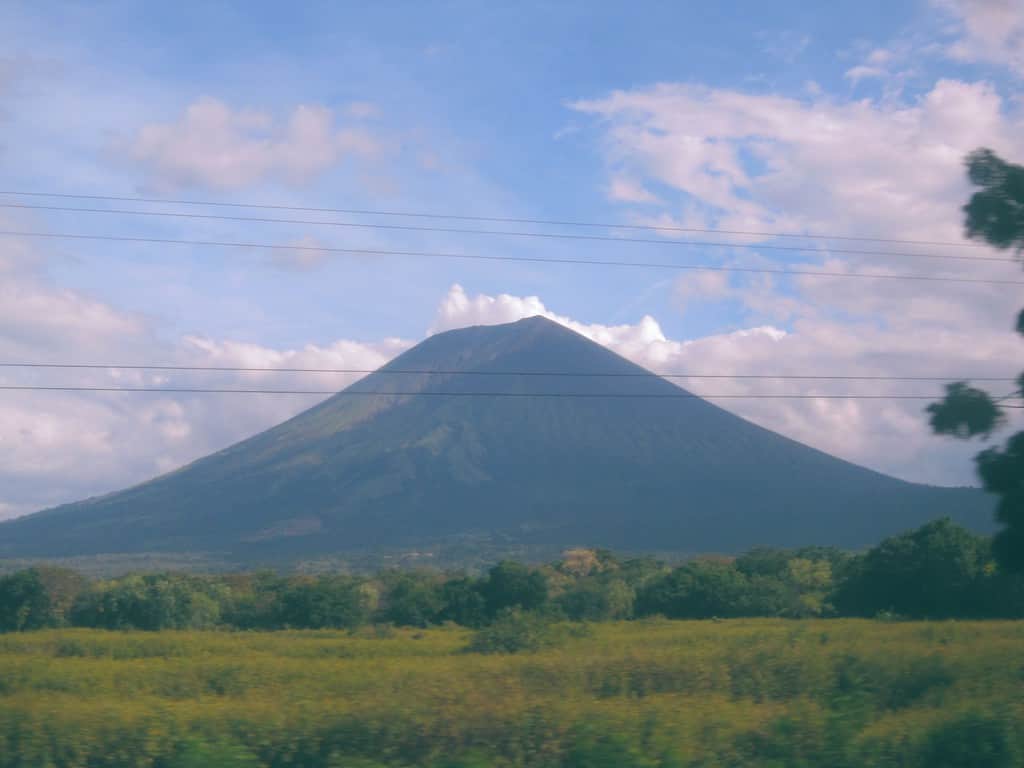
San Cristobal volcano is one of the most active volcanoes in Nicaragua.
©Peter in s, CC BY-SA 4.0, via Wikimedia Commons – Original / License
The highest volcano in Nicaragua is San Cristóbal with a height of 5,725 feet. It is located in the northwestern region of the country, near Chichigalpa. San Cristóbal regularly erupts, with the latest eruption occurring just a few months ago in July when it released a significant ash cloud. There is a hiking trail to the summit that features a large crater, but the significant level of danger and the challenging terrain mean that it is suitable for only the most experienced walkers.
10. Maderas
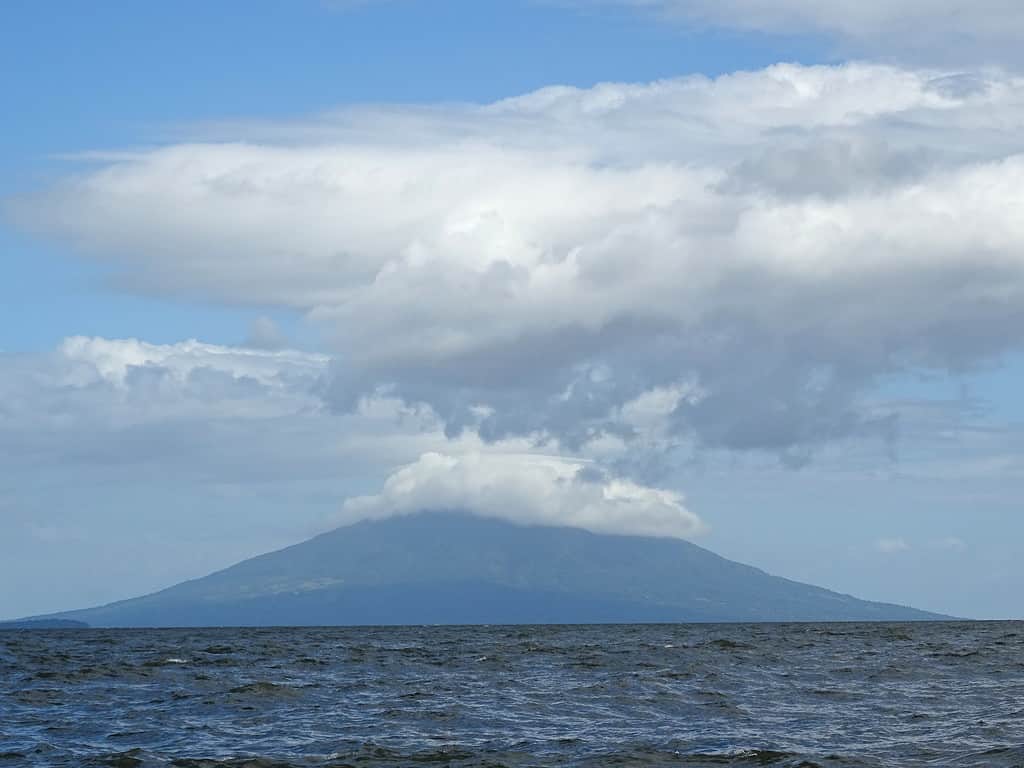
The Maderas volcano is no longer active but features a stunning crater lake.
©Adam Jones from Kelowna, BC, Canada, CC BY-SA 2.0, via Wikimedia Commons – Original / License
The final volcano on the list is the second one on the island of Ometepe. Maderas is no longer active, with predictions suggesting that its last eruption was 10,000 years ago. Maderas features a stunning crater lake which can be viewed by following a hiking route to the summit. However, despite being smaller than Concepción, Maderas still has steep slopes which make the trek fairly challenging. It also features a cloud forest which is full of a diverse range of plants and animals.
The photo featured at the top of this post is © Douglas Perkins, CC BY 2.0, via Wikimedia Commons – License / Original
Thank you for reading! Have some feedback for us? Contact the AZ Animals editorial team.







